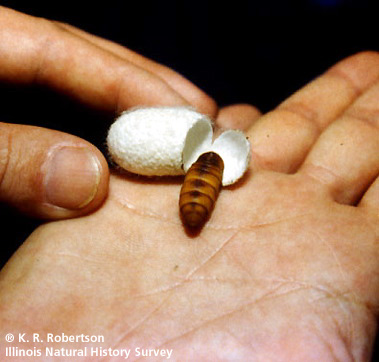
Lomonosov Ridge is 1,120 miles (1,800 km) long, but, unlike the Appalachian Trail, no one has hiked it. That’s because Lomonosov lies underwater, and is considered to bifurcate the Arctic. The North Pole was formerly the focus of “claim,” but little treasure lies beneath Frederick Cook and Robert Peary’s achievement. Canada and the United States have expressed interest in the frozen north, cooperating to build the Alaska Highway and Trans-Alaska Pipeline. Now, scientists predict 22% of earth’s undiscovered energy resources may be located at Lomonosov Ridge, named by Russia, spanning the New Siberian Islands to the Canadian Arctic Archipelago. Recently, the Lomonosov Ridge has been claimed to be an extension of Greenland’s shelf, drawing interest from Denmark. The United Nations’ Commission on the Limits of the Continental Shelf, in accord with the Convention on the Law of the Sea (article 76, paragraph 8), will make a determination on Lomonosov Ridge in 2015. How should this treasure be safeguarded? Findings may influence the world’s energy future.
Building the World Blog by Kathleen Lusk Brooke and Zoe G Quinn is licensed under a Creative Commons Attribution-NonCommercial-NoDerivs 3.0 Unported License.




